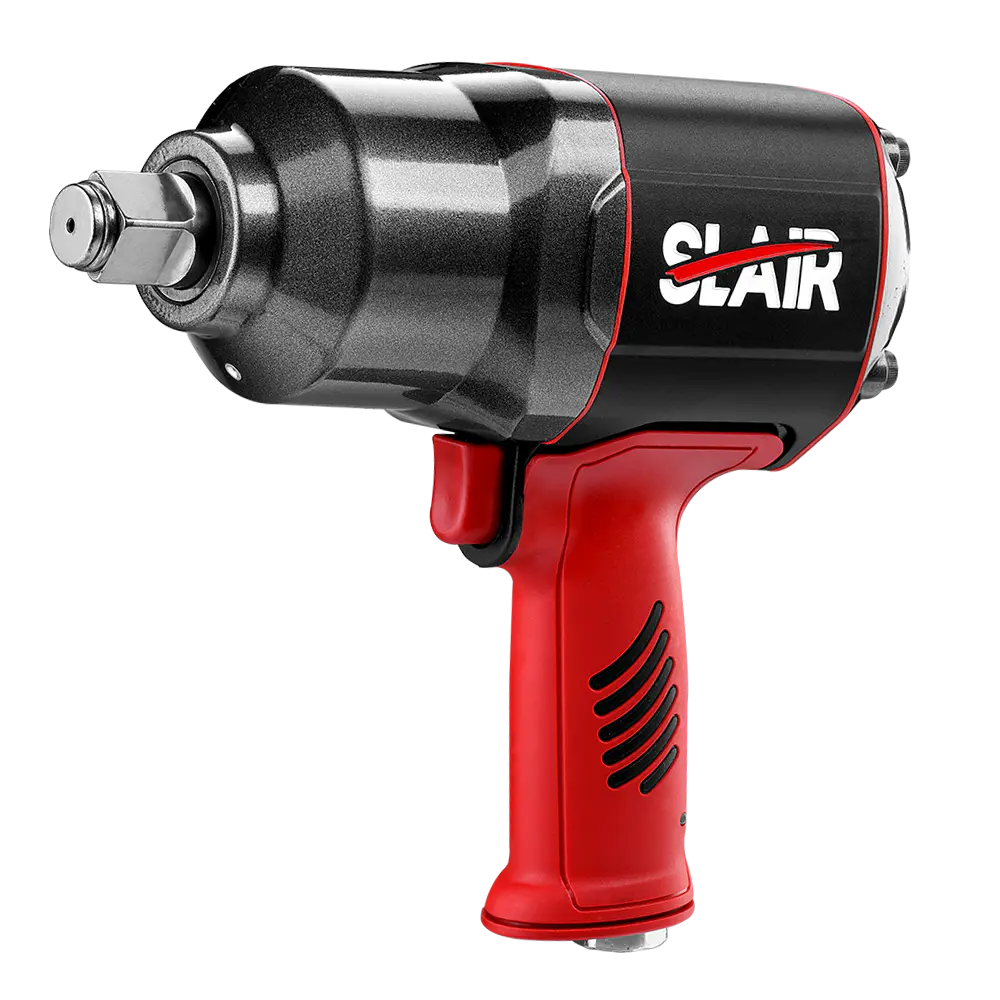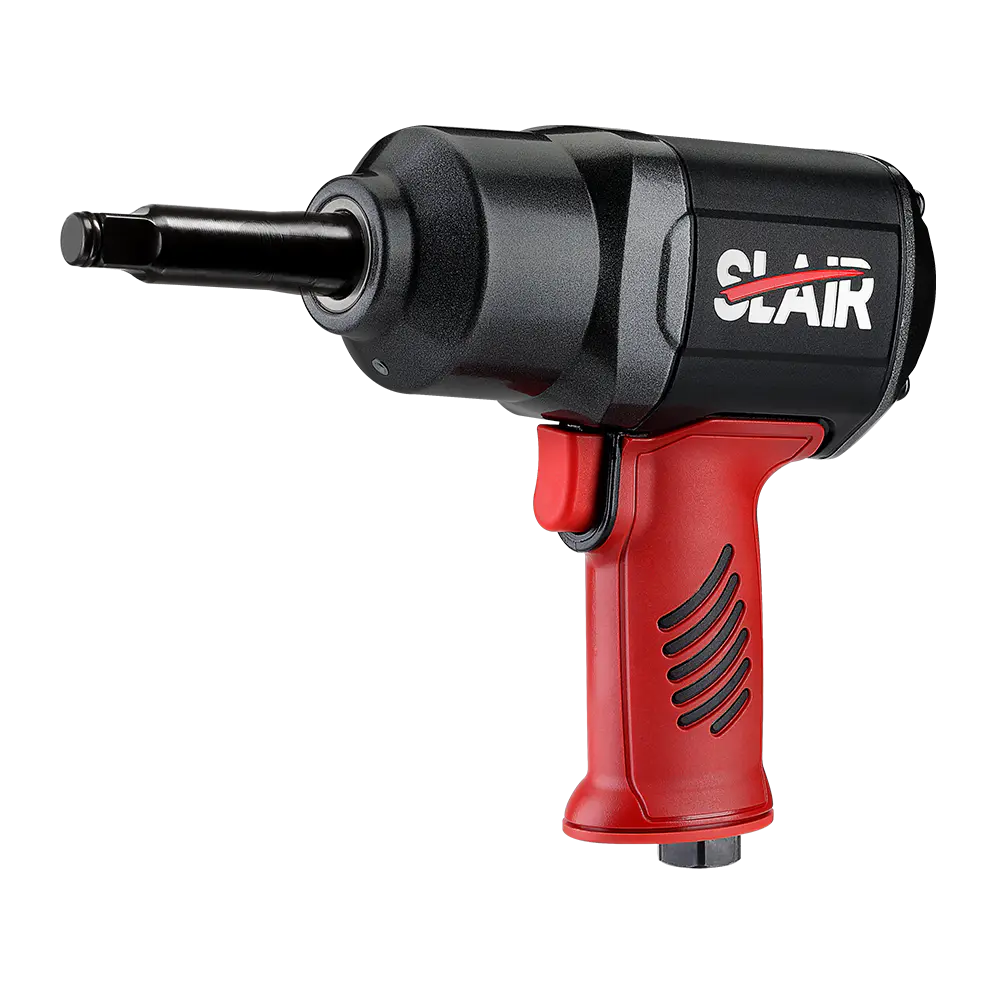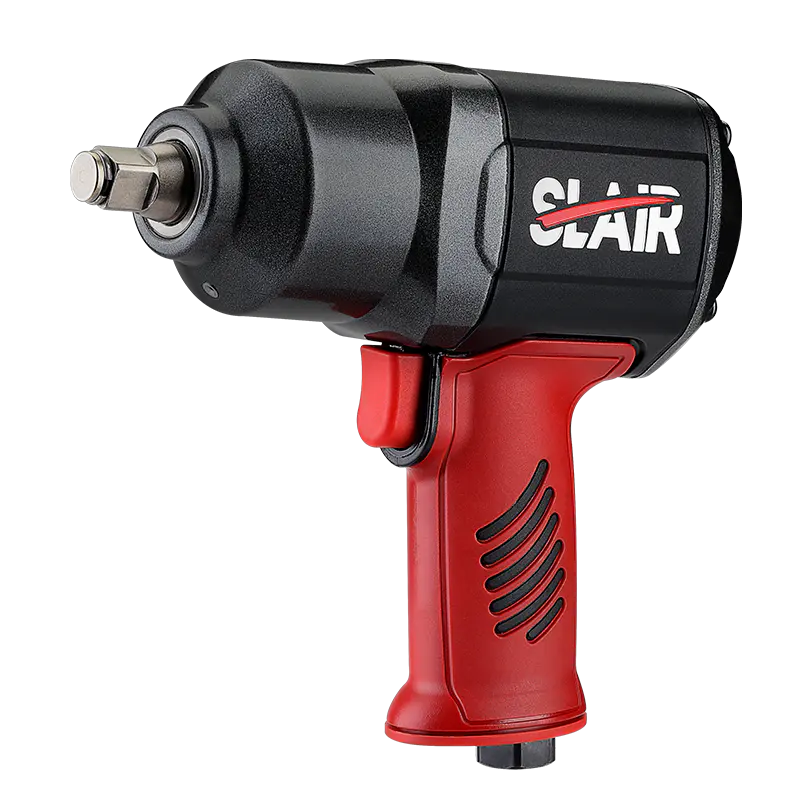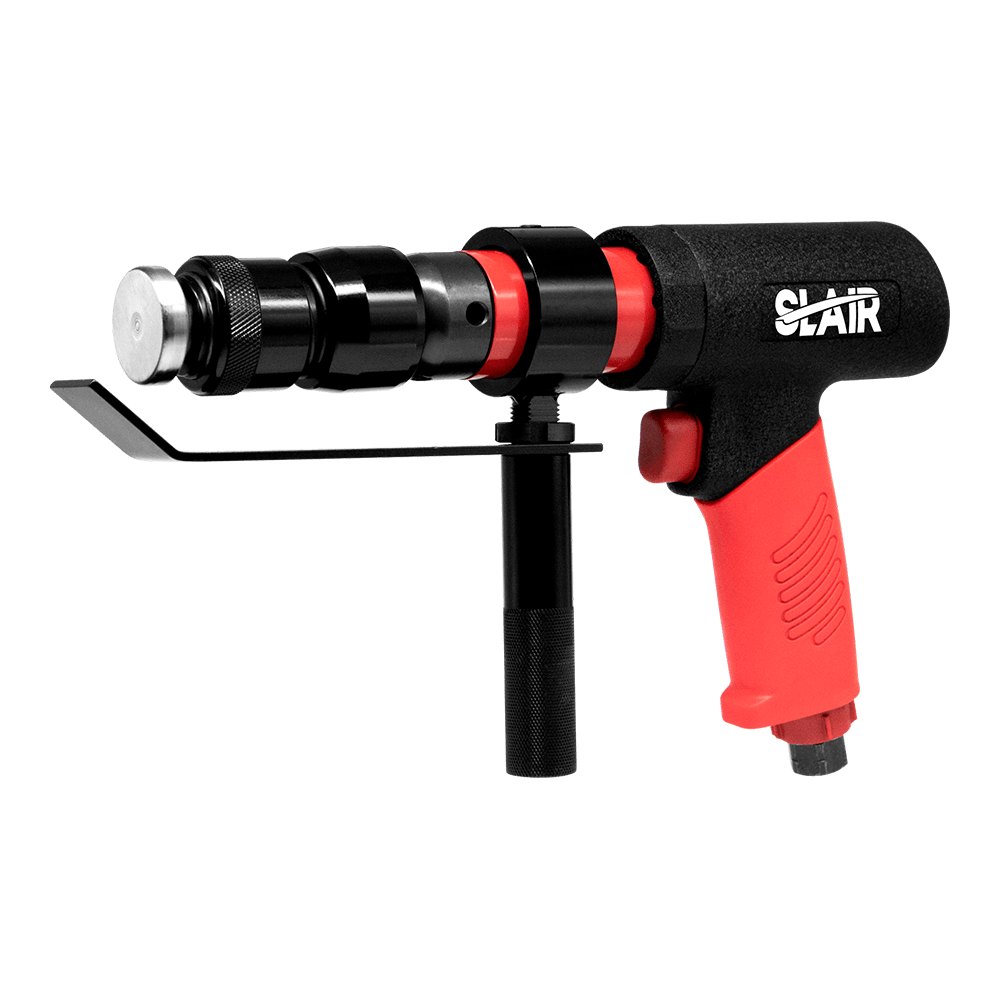Preventing over-tightening or under-tightening when using an air impact wrench is crucial to ensure the integrity of fastened components and the safety of the operation. Here are some steps and tips to help you achieve the proper torque and prevent these issues:
Use a Torque Wrench for Precision: For critical applications where precise torque is essential, consider using a torque wrench in addition to the air impact wrench. Use the air impact wrench to quickly snug the fasteners and then use a torque wrench to apply the final torque to the air impact wrench manufacturer's specifications.
Calibrate the Air Impact Wrench: Ensure that your air impact wrench is correctly calibrated. Regular calibration ensures that the tool delivers the intended torque accurately. Calibration should be done by a qualified technician.
Follow air impact wrench Manufacturer's Recommendations: Always follow the manufacturer's guidelines and specifications regarding air pressure, torque settings, and socket sizes. These specifications are designed to prevent over-tightening or under-tightening.
Adjust Air Pressure: Adjust the air pressure supplied to the air impact wrench as recommended by the manufacturer. Using higher air pressure will typically result in higher torque output, so make sure it's set to the appropriate level.
Practice Trigger Control: Be mindful of the trigger control on the air impact wrench. Apply steady pressure and use short bursts of power if necessary. This will allow you to have better control over the torque applied.
Use Impact Sockets: Always use impact sockets designed for use with air impact wrenches. These sockets can better absorb the high torque and impacts generated by the tool, reducing the risk of over-tightening.
Limit Impact Speed: Some air impact wrenches have adjustable settings for impact speed or power. Reducing the impact speed can help prevent over-tightening in certain situations.
Monitor Torque Output: Some advanced
air impact wrenches come equipped with torque control features. These tools can help you set and monitor the desired torque level to prevent over-tightening.
Perform a Test Run: Before starting work on critical applications, perform a test run on a non-critical fastener to get a feel for the tool's performance and adjust as needed.
Use Torque Limiting Extensions: In some cases, using torque-limiting extensions or adapters can help prevent over-tightening. These attachments limit the amount of torque applied to the fastener.
Double-Check Torque: After using the air impact wrench, always double-check the torque with a torque wrench, especially when working on safety-critical or precision components.





 English
English 中文简体
中文简体 русский
русский Deutsch
Deutsch Português
Português Español
Español
















